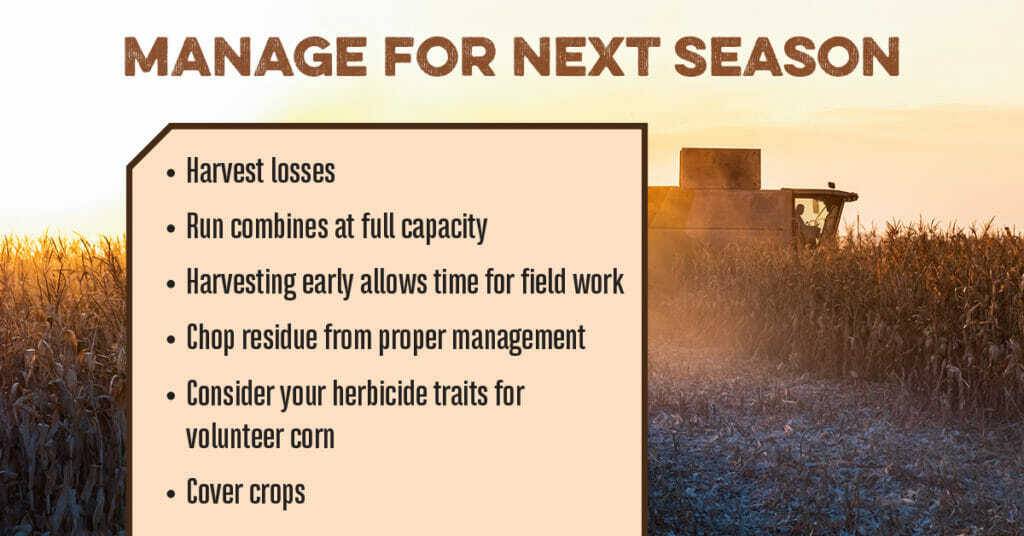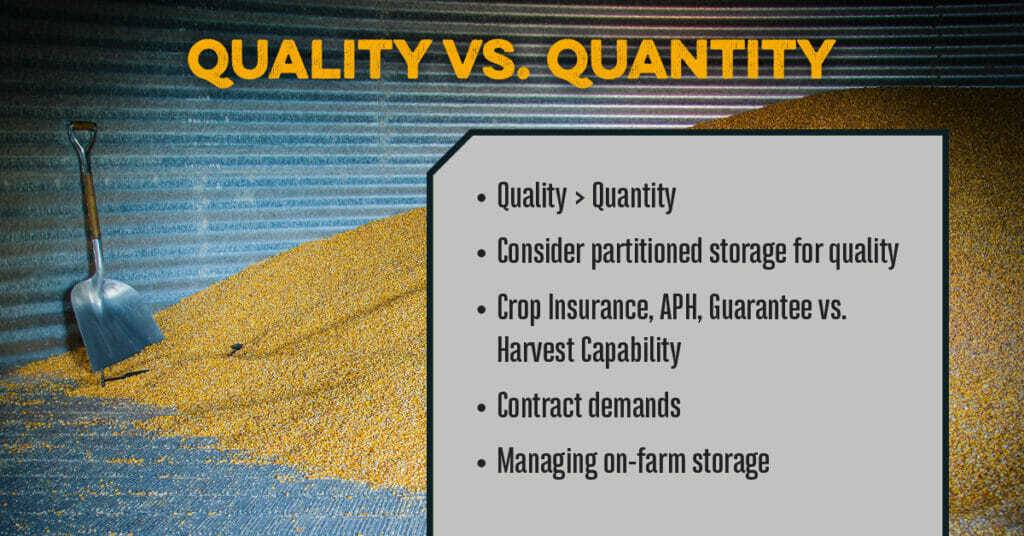Join us as Corn Product Manager, Lyle Marcus, discusses how to maximize performance and reduce risk with Latham® corn hybrids in 2021.
-
Latham Hi‑Tech Seeds
Maximize Performance and Reduce Risk with Latham Hybrids
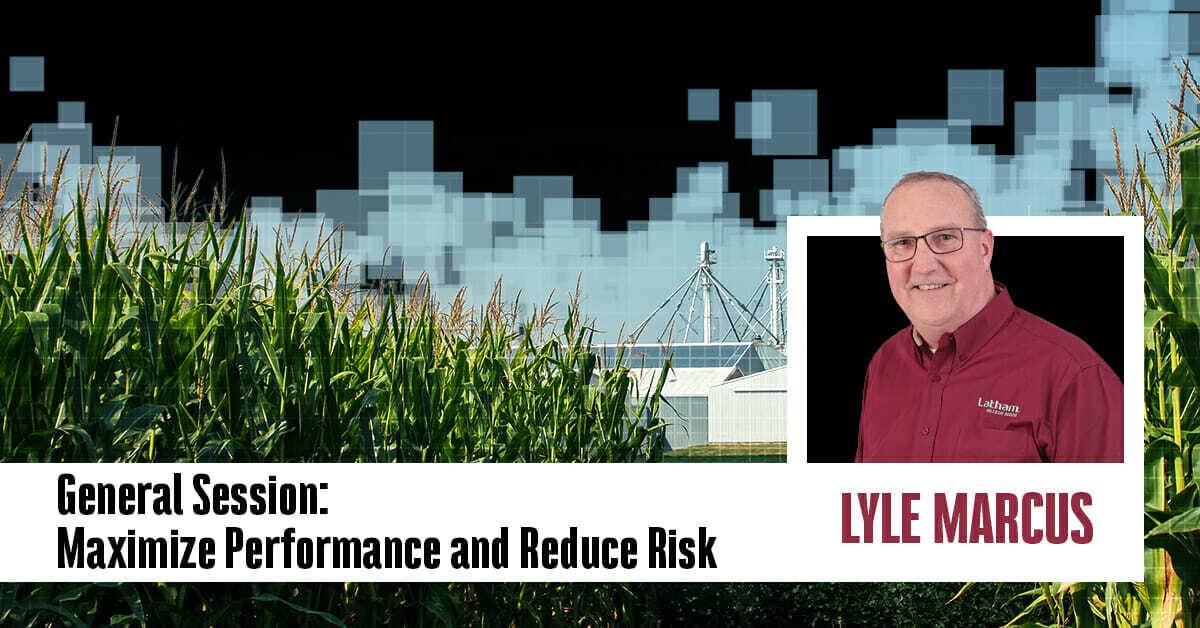
-
Latham Hi‑Tech Seeds
Farmer Roundtable: How to Manage a Not-So-Ideal Harvest

Join us for a 35 minute segment as farmers tell all about managing no-so-ideal harvest scenarios hosted by Bob Foley.
-
Latham Hi‑Tech Seeds
Ask The Agronomist: How to Manage Late-Season Soybean Troubles
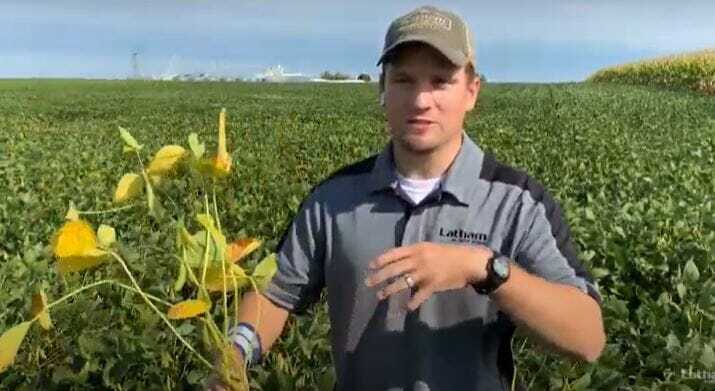
Tune in as Phil Long discusses 3 common late-season soybean issues. With harvest around the corner it’s time to take final field notes and make a harvest plan! #LathamSeeds
:40 — Topic introduction
1:20 — Soybean Yield Estimates
3:20 — Sudden Death Syndrome
6:10 — White mold
8:20 — SCN
-
Latham Hi‑Tech Seeds
Ask the Agronomist: Will 2020 be an Early Harvest?
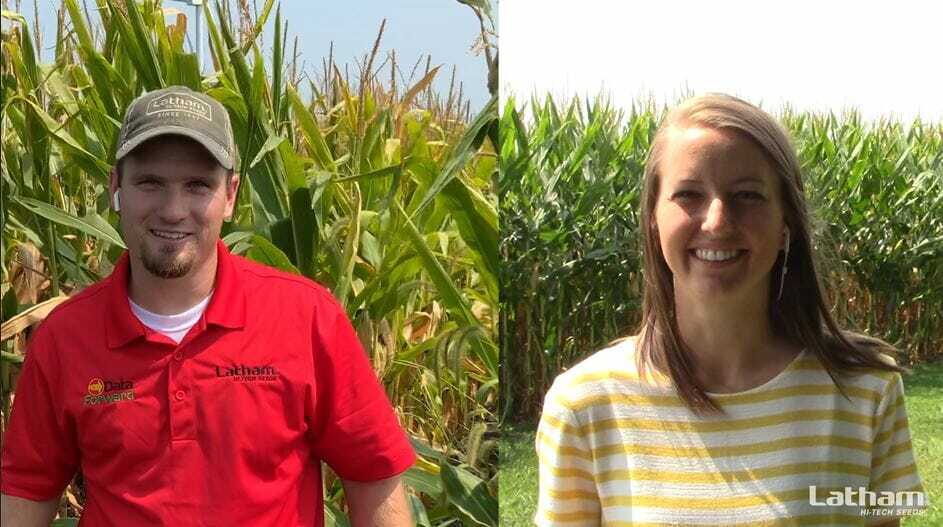
Will 2020 bring an early Harvest? Phil Long talks about 3 different examples of how corn is maturing. Learn about what is in your field and the impacts of an early harvest.
:30 — Topic introduction
1:45 — Impact of lack of moisture
2:45 — Example 1: Corn plant dying from the top
4:15 — Example 2: Corn plant firing from the bottom
5:20 — Example 3: Corn plant with red streaking
7:30 — Impacts of an early harvest
10:10 — Final thoughts
-
Latham Hi‑Tech Seeds
Ask The Agronomist: Dealing with the Derecho & Drought
Most farmers across Latham Country have experienced some type of extreme weather this year. Phil Long discusses the impacts from the derecho and the yield impacts from drought.
:30 – Topic introduction
1:00 – Derecho impacts
2:17 – Current corn field conditions
5:45 – Stalk & ear rot
7:20 – Drought effects on corn
9:50 – Drought effects on soybeans
-
Latham Hi‑Tech Seeds
#AskTheAgronomist: Late-Season Soybean Pests
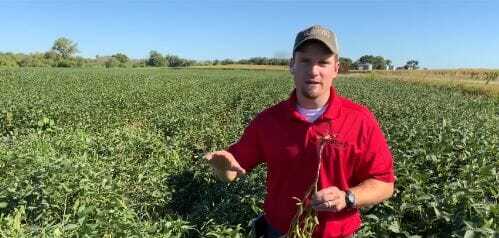 Join us as we discuss the top 3 late season soybean pests. From identification to management and planning for the future, Phil Long shares key takeaways. #AskTheAgronomist:58 — Topic introduction2:05 — SDS5:00 — Frogeye Leaf Spot7:00 — Aphids9:45 — Soybean staging
Join us as we discuss the top 3 late season soybean pests. From identification to management and planning for the future, Phil Long shares key takeaways. #AskTheAgronomist:58 — Topic introduction2:05 — SDS5:00 — Frogeye Leaf Spot7:00 — Aphids9:45 — Soybean staging -
Latham Hi‑Tech Seeds
Corn Silage Testing with Corey Catt

Join us in the field with our Forage Product Manager, Corey Catt! Corey discusses corn silage basics, yield estimates and quality samples. Watch below to learn more. #LathamSeeds
:30 – Collecting a sample
3:04 – Track location via GPS
8:08 – Calculating whole plant moisture
11:40 – Overall corn silage basics
14:30 – Yield estimate importance
15:50 – Discovering grain to stover ratio
16:50 – Quality sample
19:11 – Moisture evaluation
22:00 – Variability and repetition
-
Latham Hi‑Tech Seeds
Ask the Agronomist: Corn Pollination and Kernel Set
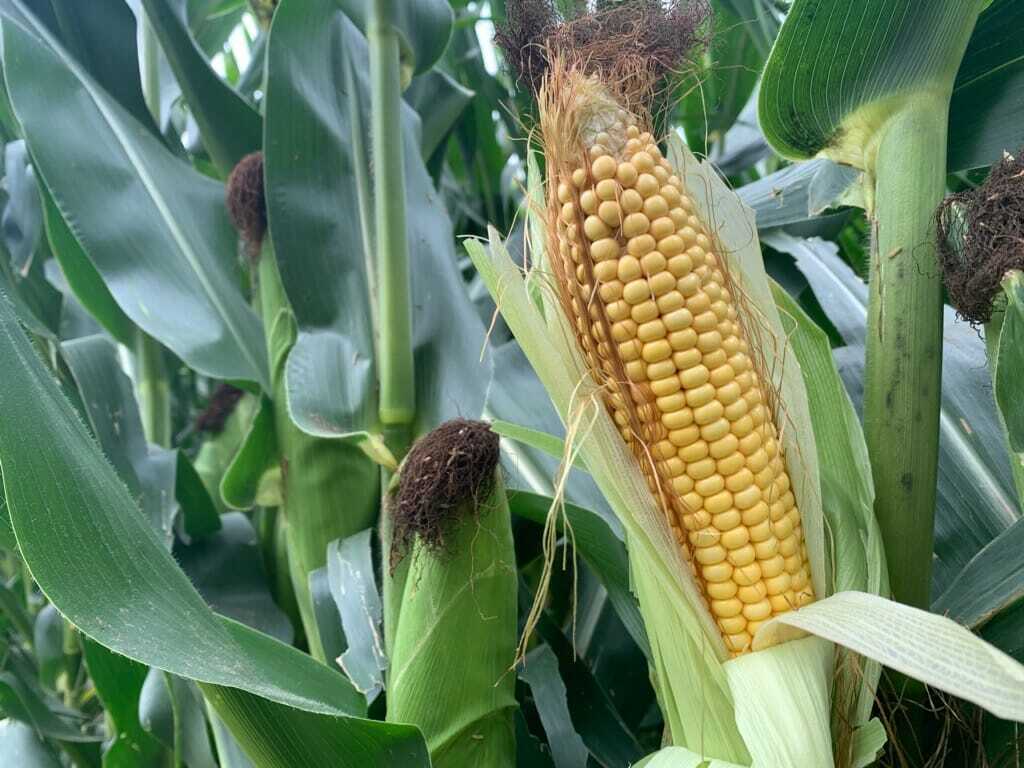 How well did your corn pollinate? Phil Long discuss pollination, kernel abortion and yield estimates. #AskTheAgronomist:27 — Topic introduction1:45 — Corn development & yield estimates5:40 — Nutrient deficiencies6:50 — Kernel weight
How well did your corn pollinate? Phil Long discuss pollination, kernel abortion and yield estimates. #AskTheAgronomist:27 — Topic introduction1:45 — Corn development & yield estimates5:40 — Nutrient deficiencies6:50 — Kernel weight -
Latham Hi‑Tech Seeds
Optimize Silage Quality with Timely Harvest

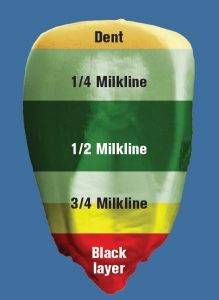 It’s more challenging than most people think to achieve optimum harvest timing. Life on the farm would be mighty easy if the weather cooperated, machinery was always in working order, and the custom harvester came right when you called.
It’s more challenging than most people think to achieve optimum harvest timing. Life on the farm would be mighty easy if the weather cooperated, machinery was always in working order, and the custom harvester came right when you called.Some days farming feels like you’ve been handed a bent golf club to play a mini golf course full of obstacles, water hazards, and challenges meant to distract, disrupt and impact the result. Fortunately, farmers are the golf pros of the acre. Despite all the craziness tossed at them, they face the adversity with steadfast grit and determination. Farmers keep their eyes fixed on the goal of doing their best.
Timing is everything to harvest the best quality corn silage. With corn silage harvest rapidly approaching, let’s review why timing is important.
In general, 65 to 70 percent whole-plant moisture is the optimal goal range for harvest moisture. The plant is at this moisture level when the kernel is about 50 percent milk line. The starch in the kernel is like a sponge, absorbing moisture from the plant. Think about this… If you remove the entire ear, the remaining stalk contains a moisture level about 80 to 85 percent moisture. Now, add back in a normal size ear that is half milk line. The new whole-plant moisture will be between 65 and 70 percent as that added starch absorbs some of the plant moisture.
As the milk line of the kernel drops toward the tip, it adds even more starch to the kernel. Each day more starch is added to the kernel, which is absorbing more moisture from the plant. As a really broad general rule of thumb, from about one-fourth milk line stage, corn silage moisture can drop in the field around 0.5 percent each day. Moisture can drop a full percent on those hot, dry, sunny September afternoons when photosynthesis is good and starch is accumulating rapidly. Additionally, there is also some evaporation from the leaf tissues.
Once the kernel drops below half milk line, the moisture will rapidly drop below 65 percent whole-plant moisture, and it becomes more difficult to pack and ensile. Additionally, as the milk line drops, it is exponentially adding a protein called prolamin zein. This particular protein has a negative impact on starch availability and can be linked to higher fecal starch levels.
Hybrids like Latham® 5495 3122 EZR and LH 5742 RR and our leafy hybrids tend to have less of this protein. This softer, lower prolamin starch found in select dual-purpose and leafy corn silage hybrids provides flexibility in the harvest window while still giving peak harvest qualities. They can take away a little stress while you’re waiting on weather or the custom harvesting crew.
Bottom line, as harvest approaches, check moistures early and often to develop the best harvest plan to capitalize on yield and quality.
-
Latham Hi‑Tech Seeds
Continually Searching for Better Products and Better Positioning
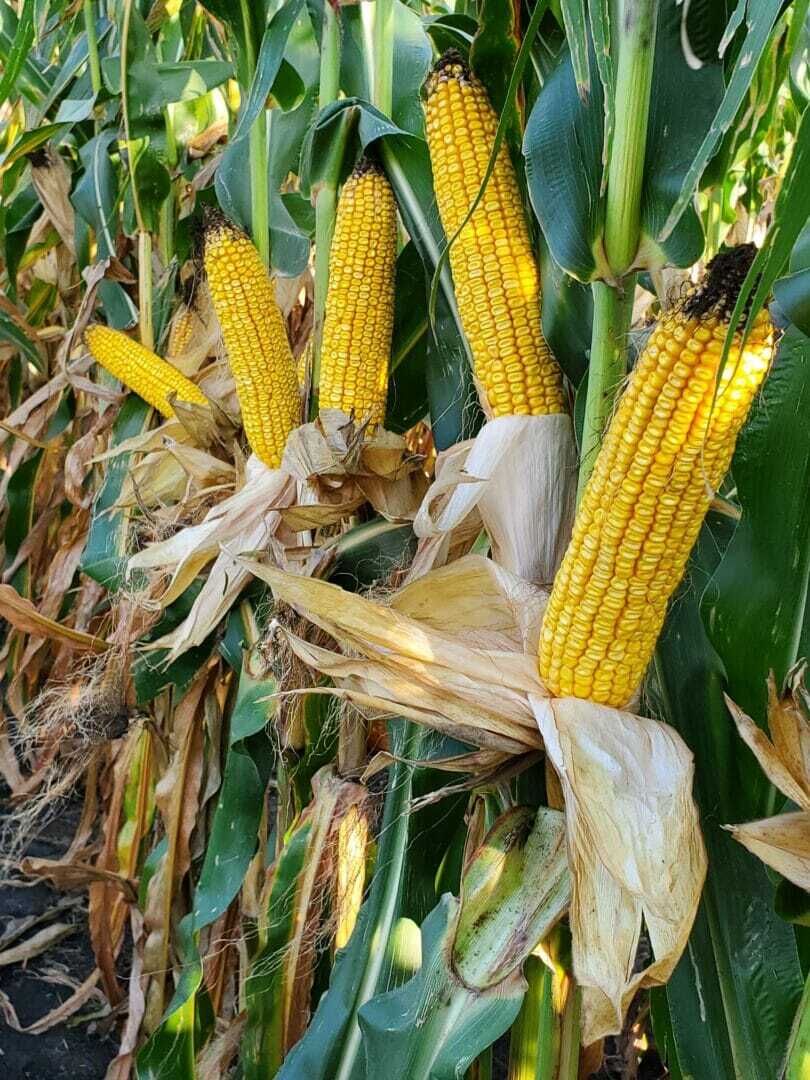
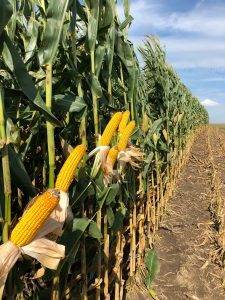 Product team members at Latham Hi‑Tech Seeds continually search for new products to help our lineup perform better in your fields. We look at our MiniStrip trials to document the early season environmental issues at each location, so we can better understand harvest results. While we learn about new products in these plots, we also look for indicators to help us provide better positioning statements on key hybrids in our lineup.
Product team members at Latham Hi‑Tech Seeds continually search for new products to help our lineup perform better in your fields. We look at our MiniStrip trials to document the early season environmental issues at each location, so we can better understand harvest results. While we learn about new products in these plots, we also look for indicators to help us provide better positioning statements on key hybrids in our lineup.Each season offers new challenges and opportunities for us to learn more to help better position products in your fields. Like many of your fields, some of our MiniStrip plot locations were planted in cooler soils this spring and endured the very cold temperatures over Mother’s Day weekend. We are watching hybrid reactions to those environmental conditions.
Soon we will evaluate seed products on flower date. With the abundance of pollen during flowering in a commercial corn field, we generally do not get concerned about pollen viability. We watch for stresses on the plant that may cause issues with proper silking. We also look for differences between hybrids that are close in maturity, so that we can make sound recommendations on which hybrids to pair together that are similar in maturity but offer variation on pollination/silking timing.
Pairing hybrids in a field with varying pollination windows spreads risk of cool weather, super high temperatures or drought. It is uncommon for us to see issues with pollination but pairing complimentary hybrids in the same field offers protection in seasons of extreme stress. July also is when we look for early onset of diseases. We evaluate for disease tolerance and for benefits we may see from in-season fungicide applications. The continual evaluation of what we see in our plots helps us fine tune the hybrid characteristic information on our tech sheets. We look forward to sharing any important findings from our summer research this fall. Watch for more details coming soon!
